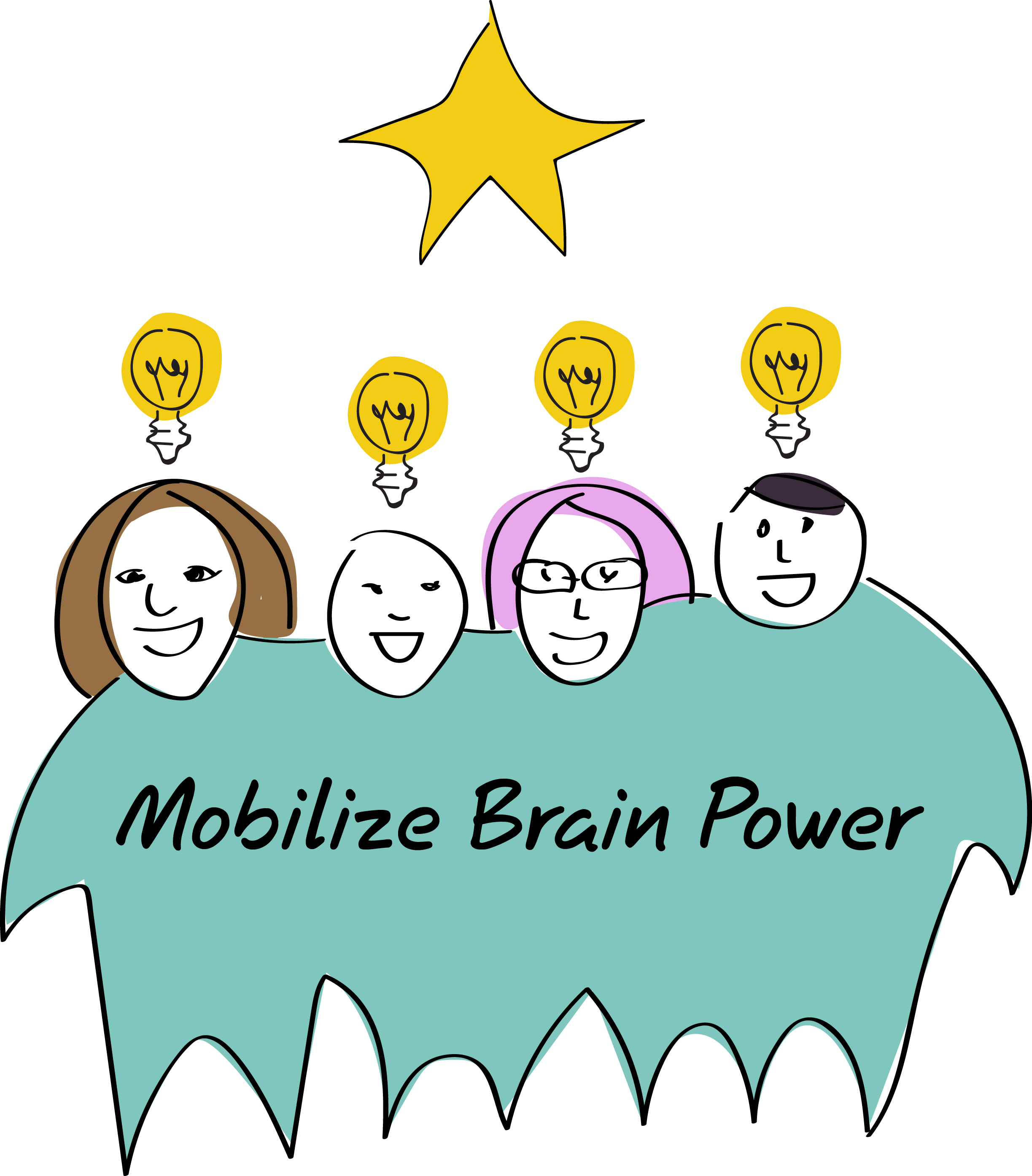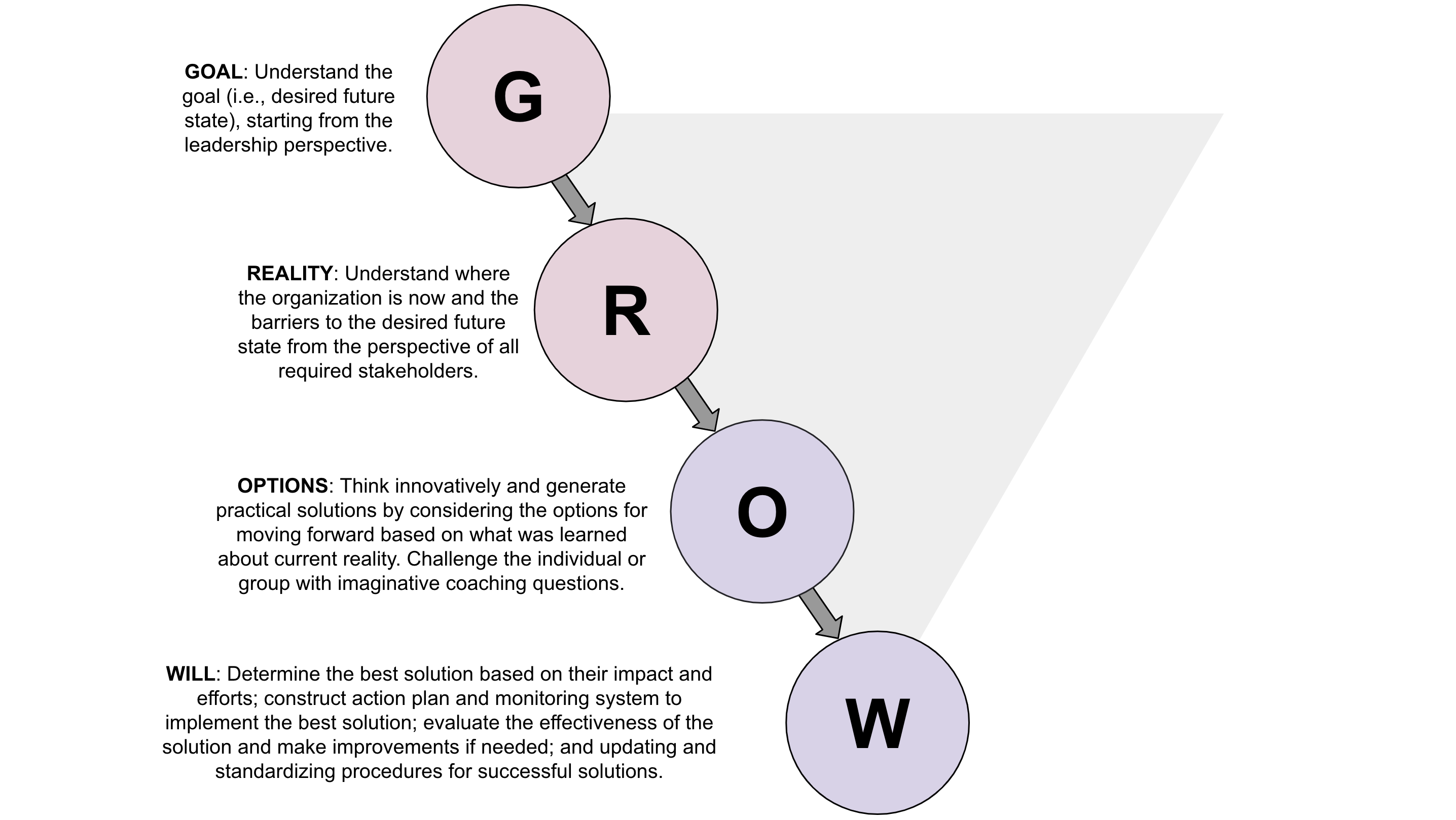
MAINSTREAM MODELS MAY NOT BE CUTTING IT
Mainstream coaching models don’t fully account for the unique processing styles that are prevalent in the systemic thinkers that organizations rely upon for creativity and innovation. As a result, we’re not tapping into and releasing the remarkable creative and innovative potential of today’s talent in roles involving creative knowledge work. Moreover, research suggests that many of these systemic thinkers often have attributes of ADD, ADHD, Asperger’s, or other atypical ways of thinking. Given that everyone falls somewhere on the ADD, ADHD, and Asperger’s spectrum, we posit that unleashing creativity and innovation in today’s workplace requires a coaching model that accounts for multiple processing styles. We all think differently, and we need a coaching model that fits everyone.

In this blog post, we present a model designed to leverage the processing strengths and mobilize the brainpower of today’s entire (organizational) collective, which we’re currently calling the Grow/Plow Coaching Model.
POPULAR COACHING MODELS
All the mainstream coaching models we’ve come across are variants of the popular GROW model, which involves establishing a Goal, examining current Reality, exploring Options, and determining what Will happen next:

Such approaches presuppose that the coachee’s processing style prefers to start with concepts, such as goals or the big-picture aspirations often discussed while coaching, before diving into the details. This processing style is known as top-down processing and accounts for how most people think. Top-down thinking is driven by cognition where the brain applies what it knows from experience and what it expects to perceive and “fills in the blanks”.
SYSTEMIC THINKERS THINK DIFFERENTLY
Systemic thinkers, on the other hand, often have neurobiological and cognitive attributes that result in a bottom-up processing style that prefers details before concepts. A bombardment of sensory information comes in and their brain takes in these details before moving into conceptualization. This processing style is often connected to what’s known as the Weak Central Coherence deficit. In our experience, such thinkers prefer using problem-solving approaches to coaching that welcome the sensory details underpinning the need for change early in the process where the desired future state can be emergent and shaped by data rather than presupposed at the onset.
THE “PLOW” PROCESS
We took the basic steps involved in problem-solving to create an acronym we call PLOW. The PLOW process involves defining the Problem (i.e., state the problem as clearly as possible and be specific about the situation, behavior, circumstances, and timing that make it a problem); Learning as much as possible about the problem (which includes gathering data like facts, feelings, and opinions); exploring Options; and determining what Will happen next:



